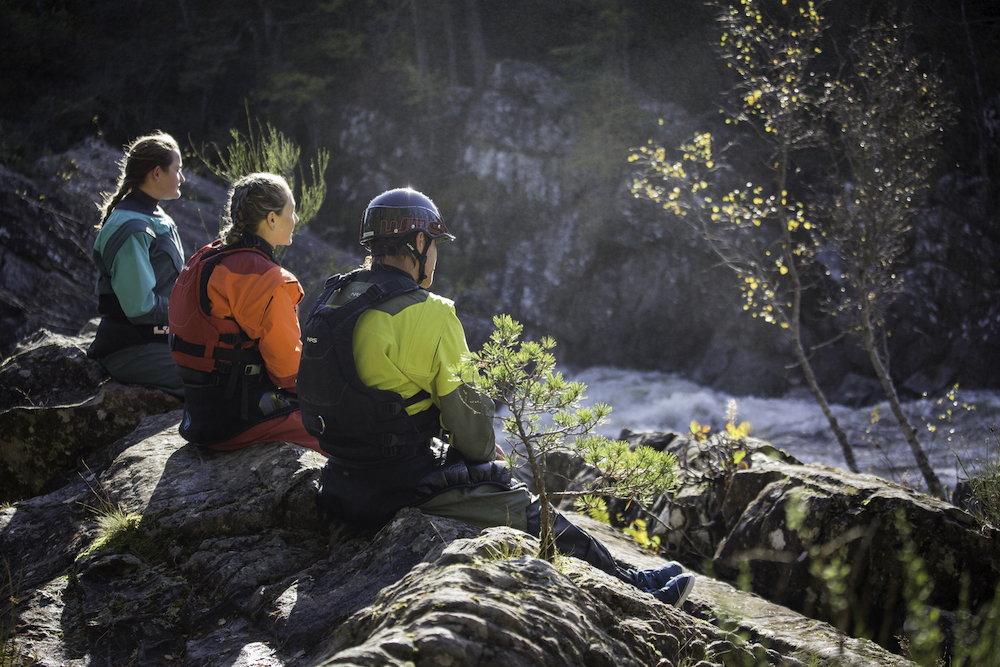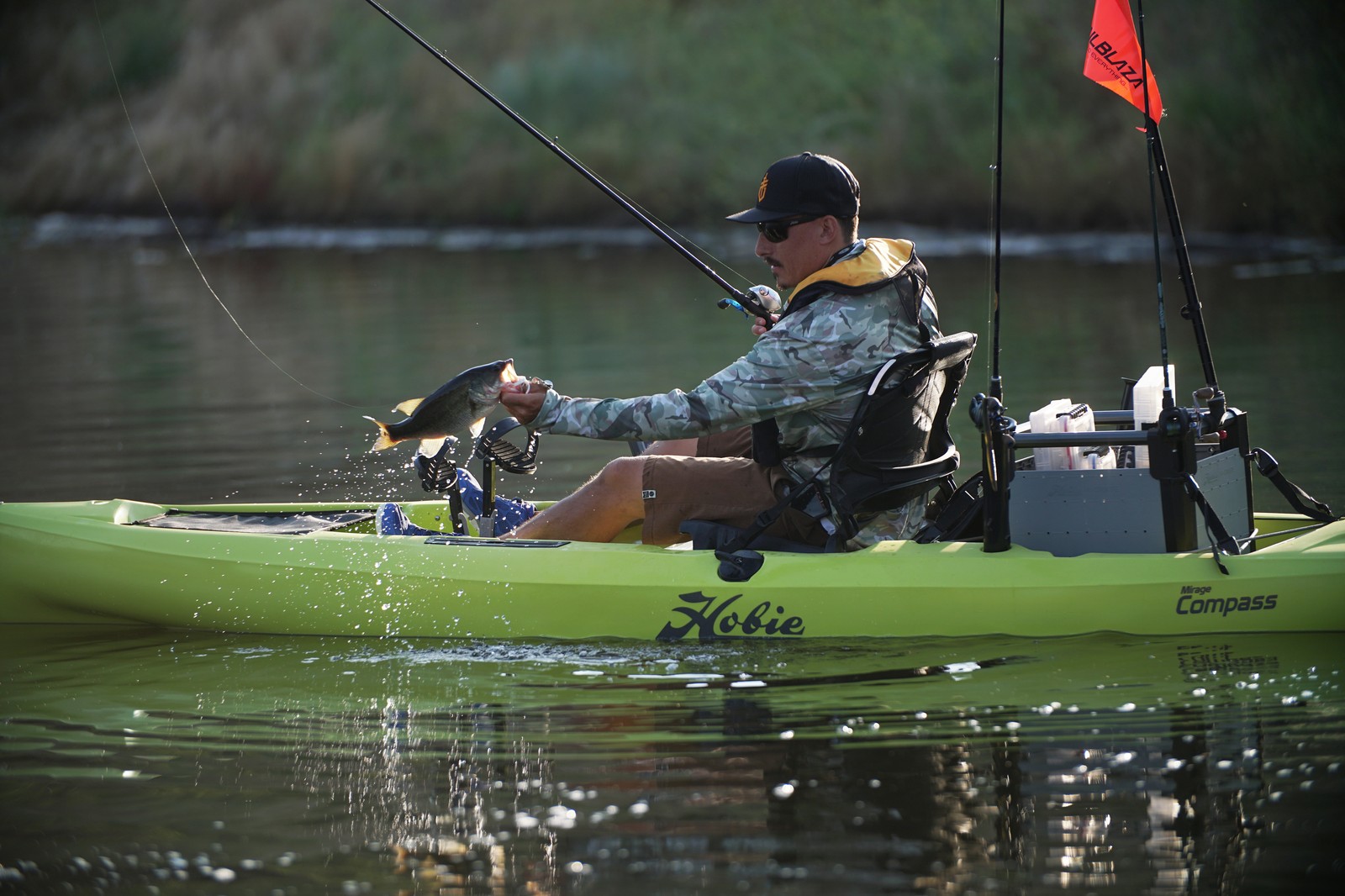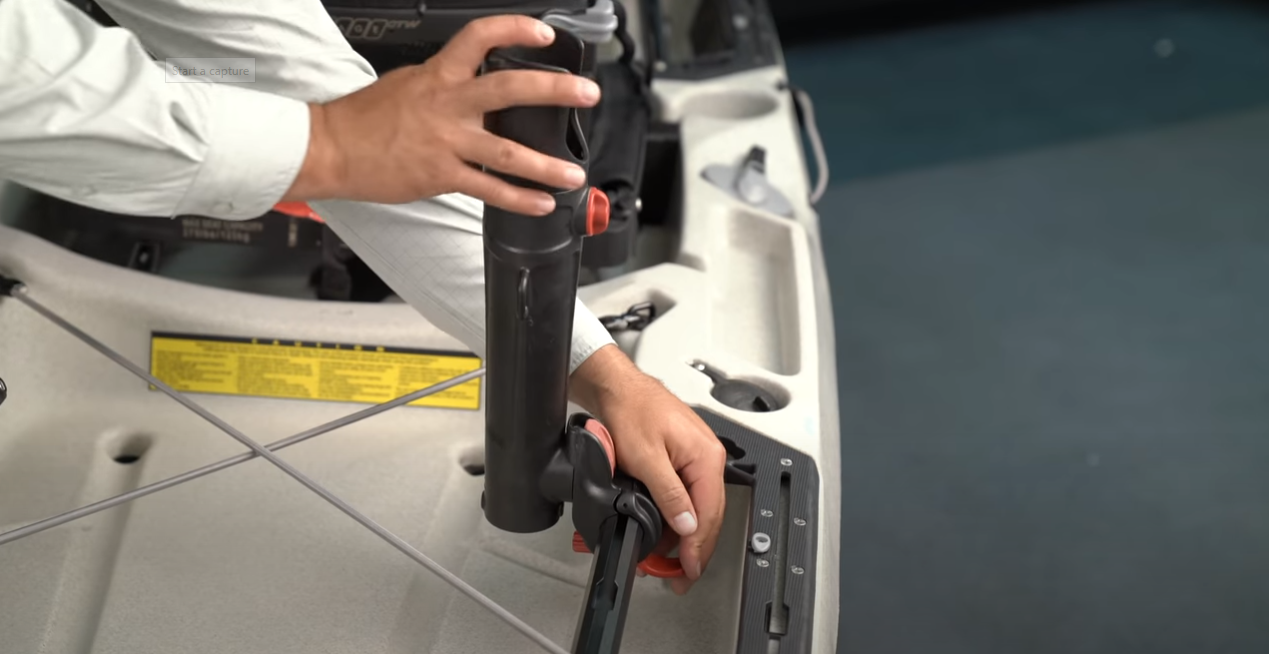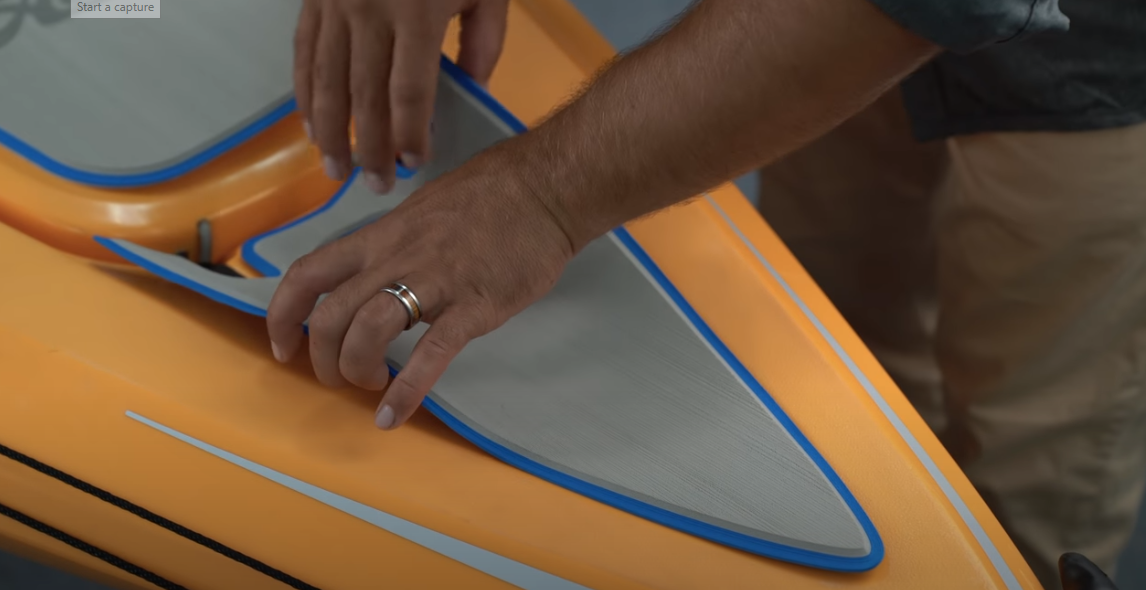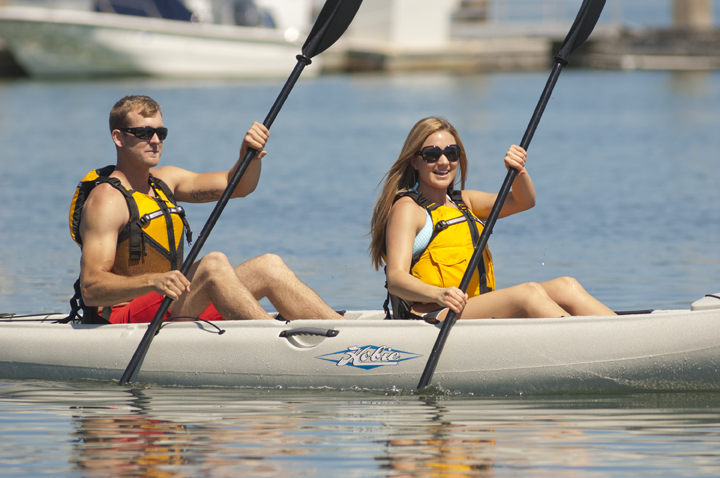
Jet Ski Rental Review Pure Watersports Dana Point CA
June 3, 2022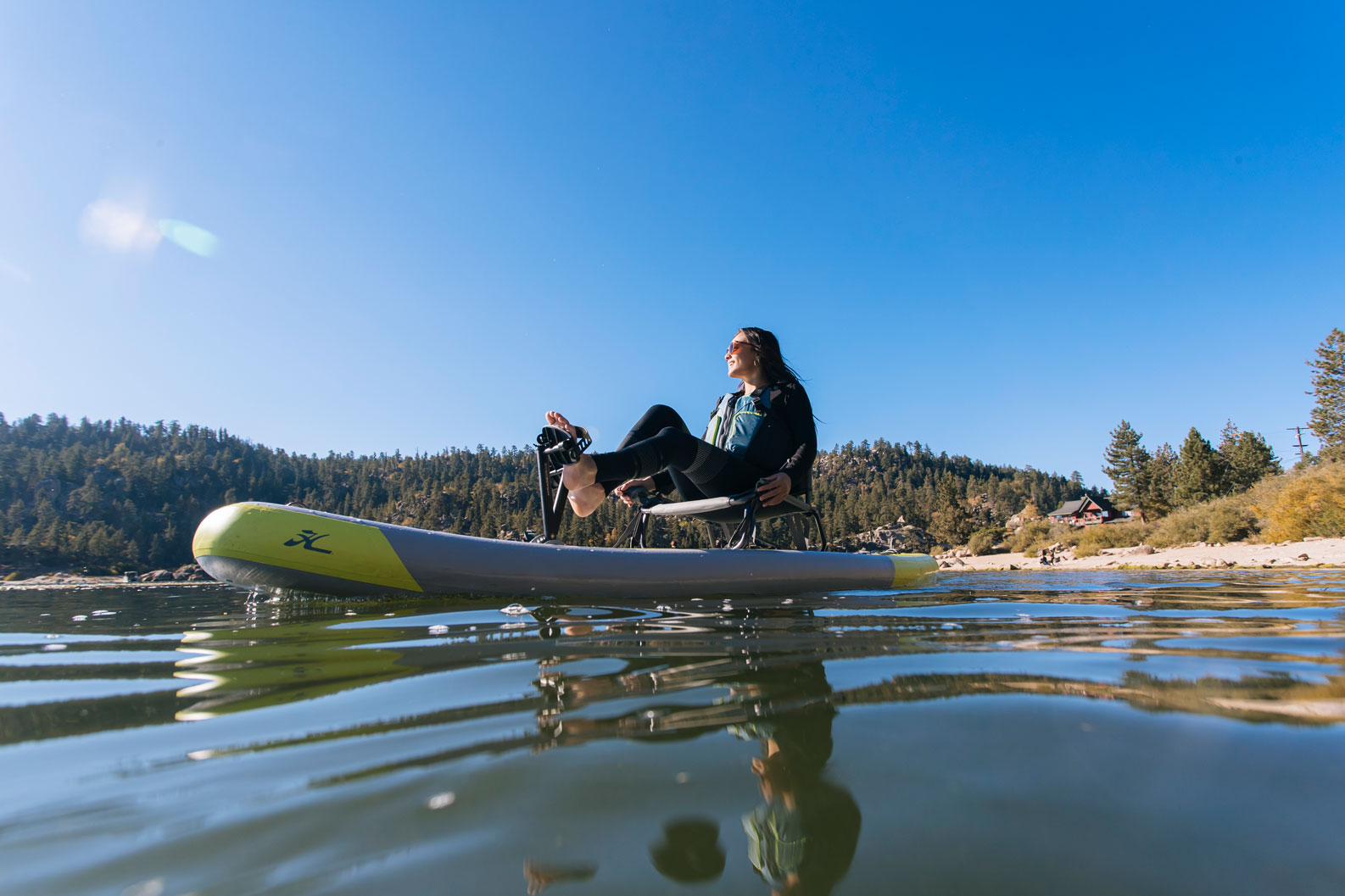
ITrek 9 – Hobie Mirage Kayak
February 23, 2023Published Apr. 16, 2022
You waited all week, loaded your fishing kayak before dawn, drove for hours, paddled for miles, made a hundred casts, and finally hooked the fish of a lifetime. The fish runs, jumps, and dives before you work it to the side of the boat. Then it hits you. How will you get the fish from the water and into the kayak? That’s when you need a kayak fishing net. I’ve been kayak fishing for decades and tested a lot of nets to land everything from bass to bull reds—I’ve found that the best kayak fishing nets are compact, sturdy, and ready when you need them. Here are five kayak nets that meet those qualifications.
Things to Consider Before Buying a Kayak Fishing Net
Here’s the problem: a kayak is small, and a fishing net takes up a lot of space. The net always seems to snag lures, rod guides, and reel handles in my kayak. I use a compact, sturdy, and snag-resistant kayak fishing net to improve my chances of landing a trophy fish. Here are a few things to consider before choosing a net for kayak fishing.
Folding Handle
A folding or telescoping handle makes it easier to fit a net into a kayak. The best nets for kayak fishing have a hinge that allows the handle to fold into the net hoop. Some models use a handle that telescopes to reduce length. With the handle folded, the net should fit under a seat, into the crate, across the bow, or in a rod holder.
Collapsable
Another way to reduce the net’s size is with a collapsible hoop. The hoop has hinges at the top and bottom. Push a button, and the hoop folds in half. Not only does this reduce the size of the hoop, but it prevents the netting from snagging everything in the boat.
Net Material
Conservation-minded anglers look for a net with rubber-coated, knot-free webbing to reduce damage to the fish. The non-abrasive material protects the fish’s skin, scales, and slime for a better chance of surviving release. The rubber coating and smooth connections are also more difficult to snag with fins or hooks.
Reaching out to land a big fish is a good way to drop the net into the water—the best kayak fishing nets float. Look for an inherently buoyant net without attaching a buoy or extra floatation. Bright colors make it easier to spot the net floating in the water.
Consider how you will use the net. Are you after big fish? Where will you store the net on the kayak? Big fish require a larger hoop and deeper net. When I’m heading to the fishing grounds, I stick the net under my seat or in my tankwell. As I’m fishing, I put the net in the bow of the kayak where it is in easy reach and free from snags.
Key Features
Why It Made the Cut
The YakAttack Leverage Landing Net has a folding handle, deep basket, and padded grip that fits in a rod holder.
Pros
Cons
Product Description
YakAttack’s Leverage Landing net was my first kayak fishing net, and I still use it most often. The large hoop and deep net are large enough for fish up to 30 inches. When I catch a fish, I grab the net, hold the foregrip, rest my forearm in the cradle and flip my wrist to unfold the hoop. The Leverage Landing net lets me work the rod with one hand while extending the net and scooping up the fish with the other hand. The folding net stretches to 54-inches long so I can reach the water from a large kayak with a high seat. Rubberized webbing keeps the net from snagging hooks and fins. Best of all, the Leverage Landing Net is easy to store. After I collapse the net, a few inches of the handle sticks below the hoop. To keep the net out of the way, I stick the handle in a rod holder.
Key Features
Why It Made the Cut
EGO S2 Slider Landing Net has a telescoping handle and interchangeable accessories.
Pros
Cons
Product Description
Another option for fitting a net in a kayak is a telescoping handle. While many nets use a handle that slides through the base into the hoop, EGO’s S2 Slider net extends with the push of a button. The net handle can extend from 18 inches to 36 inches. A long net handle is essential when fishing from a wide fishing kayak with an elevated frame seat. I can reach the water with one hand while working the fish with the other hand. But the S2 Slider isn’t just a net. Remove the net hoop from the handle and replace a boat hook, scrub brush or lure retriever. I can also choose from a rubber-coated net, traditional webbing, or a larger hoop. The EGO2 is constructed of durable materials and a solid design that won’t corrode or get gummed up with salt and sand when saltwater fishing.
Key Features
Why It Made the Cut
Frabill’s Trophy Haul Bearclaw net has a rubber-coated net and angled basket to gently land and control the fish.
Pros
Cons
Product Description
When the leader in landing nets turns its attention to designing the best kayak fishing net, I pay attention. Frabill’s Trophy Haul Bearclaw Landing Net is an out-of-the-box approach to creating a compact and capable landing net for anglers in canoes, kayaks, and paddleboards. The handle is square, so the angler rests his forearm on the closest side of the square and grabs the far side of the square. This provides more leverage for lifting a heavy fish in the large net. To make the net easier to store, the handle folds into the net hoop.
I picked the Frabill Bearclaw as the best net for conservation because it takes every step to protect the fish. First, the rubber-coated, knotless conservation netting doesn’t damage the fish’s skin and slime coat. The fish-friendly netting also avoids snagging hooks and lines, which could delay releasing the fish. In addition to the rubberized netting, the Bearclaw has heavy fabric around the hoop and a patch at the entry to further avoid snagging hooks and fins. The asymmetrical net encourages the fish to slide into the bottom and cradles the fish until it is unhooked. Frabill left no stone unturned when designing the Bearclaw for kayak fishing and conservation.
Key Features
Why It Made the Cut
StowMaster’s TG94IM has a huge hoop that folds in half to fit in a snag-proof carry case.
Pros
Cons
Product Description
Don’t lose a big fish because you are using a small net. Anglers targeting large, toothy, and unwieldy fish like muskie and cobia need a huge net that fits into a small space. StowMaster TG94IM has a 36 x 30-inch hoop that is 36-inches deep. This makes the net large enough for a fish over 40 inches. A large net needs to be extra strong. The StowMaster uses extruded aircraft-quality aluminum and extra-heavy, rubber-coated, knotless netting capable of lifting a sea monster from the water. To fit in a kayak, the hoop folds in half and the handle telescopes into the hoop. The handle is too long for kayak fishing, so I cut it down with a hacksaw and replaced the foam grip on the end. The StowMaster comes with a compact, snag-resistant carry case to further improve storage.
Key Features
Why It Made the Cut
Small, light, and inexpensive, Offshore Angler’s Wading Net is the perfect size and price for kayak fishing.
Pros
Product Description
When I look around the kayak launch on a busy Saturday morning, there’s no doubt Offshore Angler’s Wading Net is one of the most popular choices for kayak anglers—I see the bright orange plastic nets on half of the kayaks in the parking lot. With a 17 x 19-inch hoop that is only 15-inches deep, the Wading Net is the perfect size for bass, trout, redfish, and walleye. At only 6-inches long, the handle is a little short for reaching out and scooping a fish without leaning over the side of the kayak. Offshore Angler’s Wading Net floats, and it has a short leash and clip hanging from the handle, which makes the net popular with beginner anglers concerned they might drop their net overboard. Another relief for new anglers: the simple plastic and mesh net costs a fraction of the price of other nets in this review.
Q: Do you need a net for kayak fishing?
You can land a smaller fish without a net by grabbing the line and swinging the fish aboard. If the fish has teeth, spines, or a notoriously weak jaw, you need to use a net. Tournament anglers also use a net so they don’t lose a winning fish. First, the net improves the chances of not losing a fish when going from the water to the kayak deck. Second, once the fish is on board, keeping it in the net helps control the animal’s dangerous parts. Most importantly, a net keeps the fish from jumping out of the kayak and escaping. Using a net is kinder for the fish, too. Supporting the fish’s body and preventing it from injuring itself, a net improves the chance a fish will survive release.
Q: How do you net a fish on a kayak?
The chaos of landing a big fish can make any angler nervous. Nothing is worse than working your catch boatside then fumbling the net job. Here’s how I net a fish on a kayak. Start with the net stored in easy reach on the bow or in a rod holder where it will not snag rods, rod holders or accessories. As you work the fish close to the kayak, with one hand, lift the rod tip to bring the fish to the surface. With the other hand, grasp the net handle close to the hoop to provide leverage to lift the fish. Right before the fish is within range of the net, I lower the net so the front of the hoop is below the water. With the net in the water, I work the fish into the hoop.
Rule number one: always move the fish to the net, do not chase the fish with the net. If the fish is thrashing or makes a last-minute run, hold the net still, regain control of the fish and then coax it towards the hoop. Once the fish is over the hoop, lift the net and swing the fish into the kayak. With the fish on the deck, leave it covered in the net until it stops protesting. I leave the fish in the net while I remove the hook. Finally, I revive the fish in the net before releasing it.
Q: How much does a kayak fishing net cost?
Nets in this review range in price from $22 to $130, so there is a wide range in how much a fishing net costs. A simple net with basic webbing and a plastic handle is at the bottom of the price range. Folding nets with conservation netting and extruded aluminum handle and hoop are at the other end of the scale. A cheaper net will still land a fish, but a more expensive net is easier to store and more durable. Also, a more expensive net offers a stronger handle and hoop with features that make it easier to land a fish with one hand on the rod and one hand on the net.
Methodology
To make it to the top of my list of the best kayak fishing nets, a candidate has to be durable, storable and easy to use. There isn’t much space on a kayak, and anglers tend to carry everything and the kitchen sink, so a kayak fishing net has to be out of the way and ready at a moment’s notice. I tested nets that fit under a seat, in a gear crate, on a bow hatch, and into a rod holder. I favored nets that keep the webbing from snagging my rods and accessories, so I don’t end up fighting a fish and fighting the net at the same time. Since a kayak angler is trying to control the rod with one hand and operate the net with the other hand, the best kayak fishing nets are designed for one-handed performance. With fish conservation on everyone’s mind, the best nets use rubber-coated webbing with knotless construction to protect the fish from injury for a quick and safe release. The finalists in our review of the best kayak fishing nets put together all the pieces to fit in perfectly on any kayak.
Final Thoughts
The best kayak fishing nets take up little space in your yak and help you land fish in a way that’s safe for you and them. Choose the net that best fits the fish you’re going after and how you have your kayak rigged. That way you’ll avoid the two most stressful scenarios: Scrambling to untangle your net while landing a fish and trying to land a big fish with little net.
This content was originally published here.

